L.A.’s most famous mountain lion gets a party this weekend
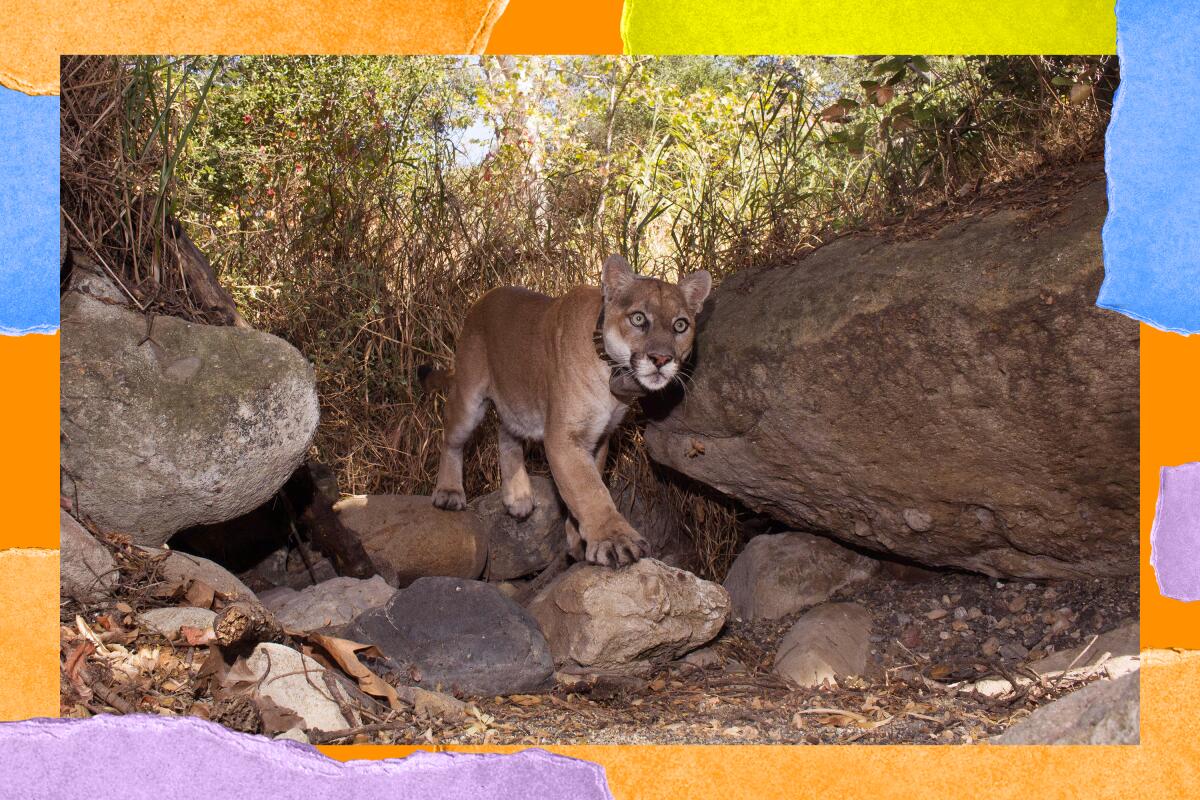
- Share via
One of my all-time favorite items in my closet is a beat-up, heavily worn, sadly discontinued shirt featuring a portrait of the mountain lion P-22 and the word “Citizen” underneath it.
Created by outdoor company Runyon Canyon Apparel and benefiting Citizens for Los Angeles Wildlife, the shirt was released shortly after P-22 was first spotted in Griffith Park in 2012. I love wearing it because it always sparks conversations.
I’ve gotten knowing nods and high-fives from fellow hikers inside Griffith Park. When I brought it to Annapurna Base Camp in Nepal, people asked me what the shirt meant. Once, a ranger at Bandelier National Monument recognized the portrait and was the most excited to ask me all sorts of questions about the beloved mountain lion.
Get The Wild newsletter.
The essential weekly guide to enjoying the outdoors in Southern California. Insider tips on the best of our beaches, trails, parks, deserts, forests and mountains.
You may occasionally receive promotional content from the Los Angeles Times.
Not bad for a cat who stumbled into fame by crossing a few giant freeways and walking past a wildlife camera, right? Despite some run-ins with Los Feliz and Hollywood Hills residents (and his occasional snack from the L.A. Zoo), the city has grown to love and appreciate P-22 in a way that, honestly, remains surprising all these years later.
One of the first people to recognize the mountain lion’s potential to educate and inspire the public was Beth Pratt, the California regional executive director for the National Wildlife Federation. She spearheaded the #SaveLACougars campaign and was the driving force behind the first P-22 Day, celebrated in 2016. To kick off the festival, she spent several days hiking through the Santa Monica Mountains in the paw prints of P-22 before being joined by 2,000 people inside Griffith Park.
This year’s P-22 Day Festival is happening Saturday, and Pratt expects it will attract 15,000 people or more. The celebration has evolved since its earliest days. “Now the festival is seen as this welcoming space where people can come together and celebrate not just P-22, but the different ways we all connect to wildlife,” Pratt said.
Pratt, who helped break ground on the Wallis Annenberg Wildlife Crossing earlier this year, is inspired by the way L.A. has rallied around P-22 but remains realistic about the work that remains. “If the second-largest city in the country can allow a mountain lion to thrive, what excuse do you have, New York, Miami or Boston?” she asks. “Now can we ban rat poison?”
4 things to do
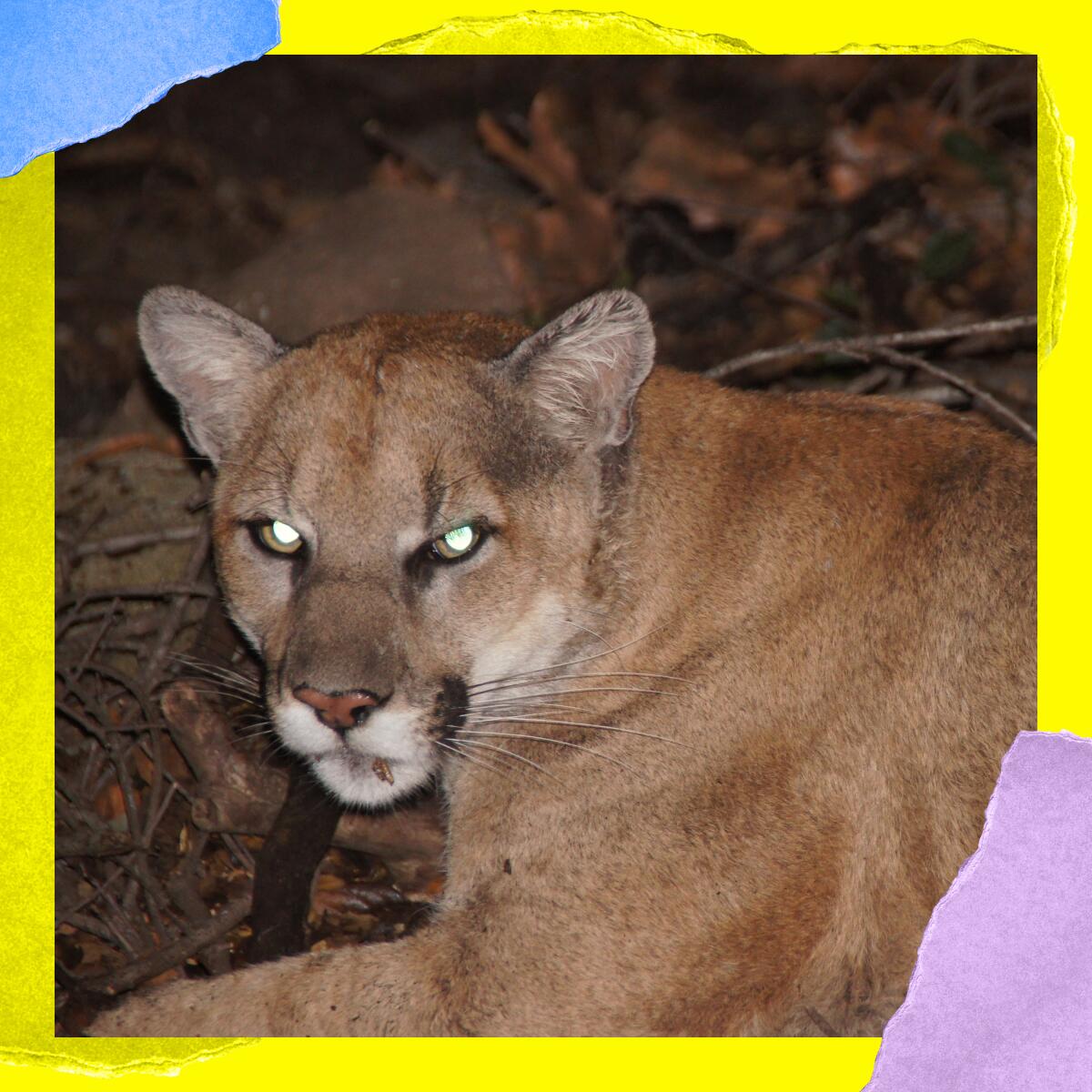
1. Party with P-22. The seventh annual celebration of L.A.’s most famous cat returns to Griffith Park on Saturday, hosting more than 100 exhibitors, a rock-climbing wall, art activities, live music, surprise guests and more! Meet scientists and the Griffith Park community and learn about efforts to build and expand wildlife corridors around Los Angeles. The free event is from 11 a.m. to 4 p.m. in the Park Center area of Griffith Park, just across from the ranger station.
Check out “The Times” podcast for essential news and more.
These days, waking up to current events can be, well, daunting. If you’re seeking a more balanced news diet, “The Times” podcast is for you. Gustavo Arellano, along with a diverse set of reporters from the award-winning L.A. Times newsroom, delivers the most interesting stories from the Los Angeles Times every Monday, Wednesday and Friday. Listen and subscribe wherever you get your podcasts.
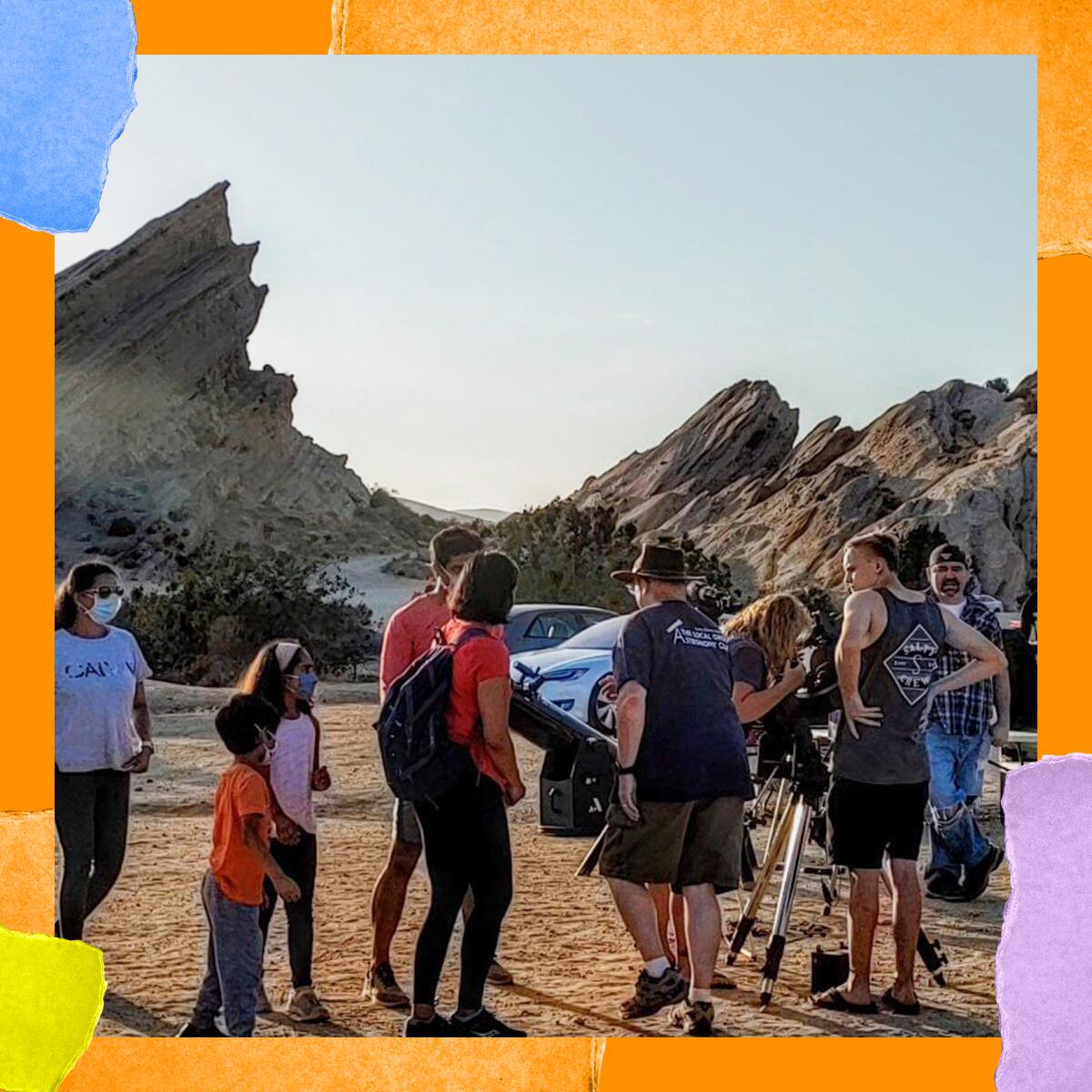
2. Get starry-eyed at the Vasquez Rocks Star Party. The striking, angular landscape of Vasquez Rocks Natural Area has filled in for other planets before — perhaps most memorably as the planet where Capt. Kirk boulder-wrestled a guy in a lizard suit and weird toga. On Saturday from 4 to 10 p.m., you can turn your eyes skyward for the Vasquez Rocks Star Party. Volunteers from the Local Group Astronomy Club will be on hand to guide you and answer questions, and you can use their telescopes or bring your own. The event is free and dependent on the weather.
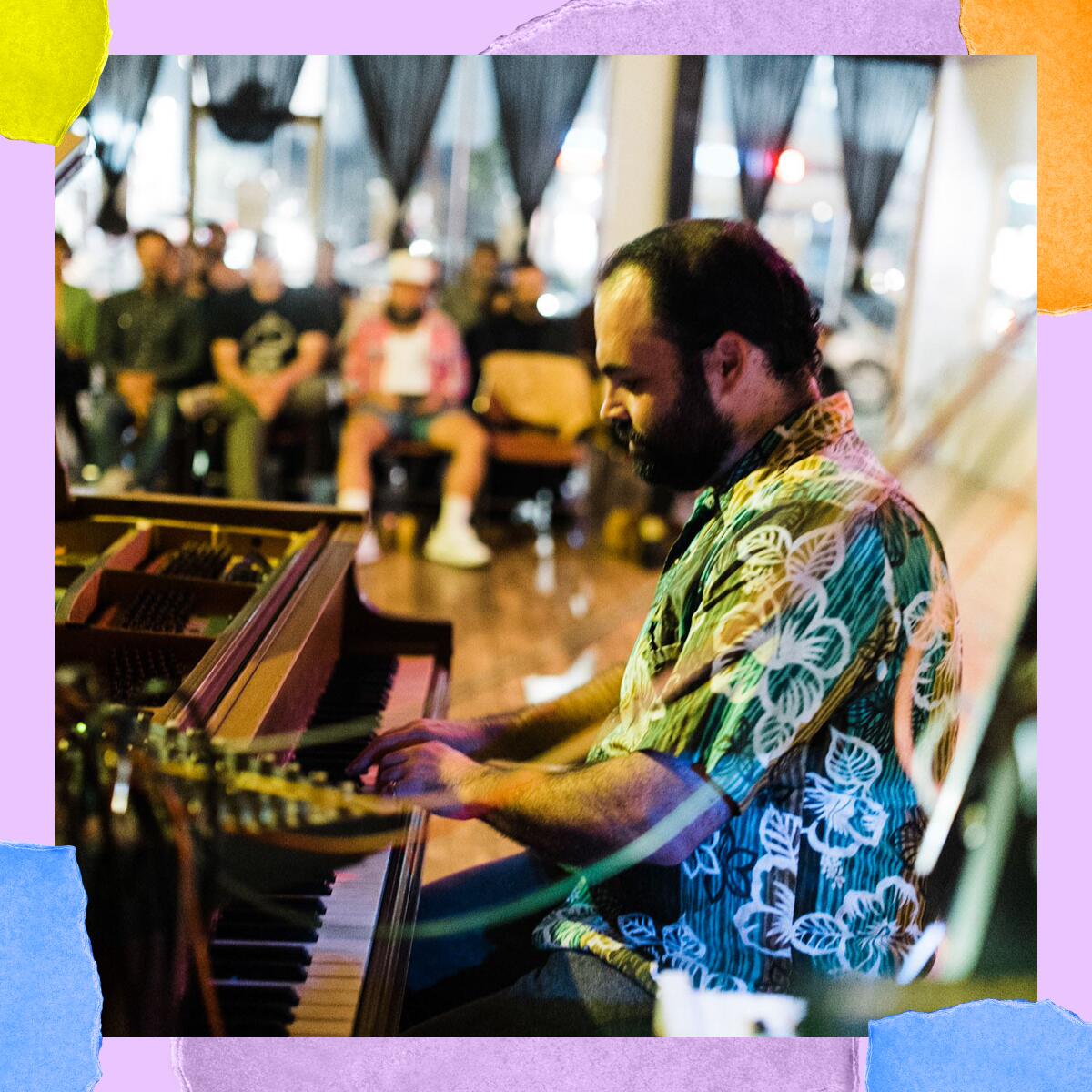
3. Get musical with the L.A. River. The ongoing project Los Angeles River X is focused on the many ways Angelenos interact with and are inspired by the L.A. River, and this month, the guest host is musician Philip Rankin. On Saturday at 8 p.m., join his musical collective oneL+ Porciúncula Ensemble for the world premiere of a suite of music inspired by the L.A. River. The show is at 3141 Glendale Blvd. (the former location of the Heartbeat House) and has a suggested donation of $20.
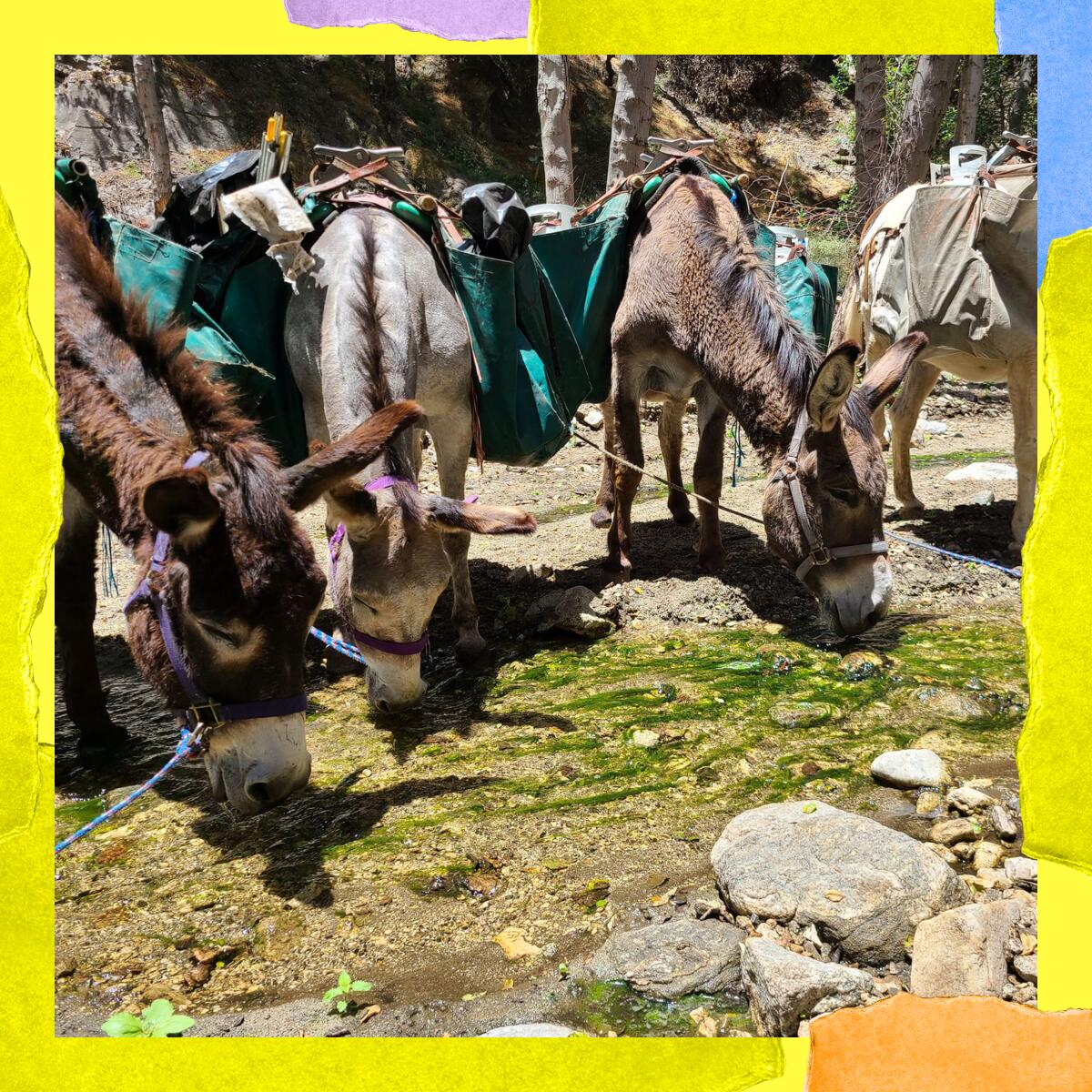
4. Support the Adams Pack Station. The first time I hiked in Santa Anita Canyon, I was won over by the riparian corridors, waterfalls, historic cabins and the welcoming folks at Adams Pack Station, the only pack mule station in Southern California. The 2020 Bobcat fire did a number on this resilient community, but you can help it recover by attending a fundraiser concert at the Mt. Wilson Observatory on Oct. 30. The Mariachi Lindas Mexicanas will perform inside the 100-inch-telescope dome at the observatory, joined by Adams Pack Station owner Maggie Moran. There will also be a Dia de los Muertos reception with an ofrenda to remember those from both the pack station and the observatory who have died. Tickets are $75 for the 3 and 5 p.m. shows and are extremely limited.
The must-read

California’s iconic sequoia forests may soon be chaparral, at least according to a sprawling Times opinion piece by Jared Farmer, the author of “Elderflora: A Modern History of Ancient Trees.” Farmer takes us from a slice of a sequoia mounted in the Automobile Club of Southern California’s headquarters in downtown L.A. through visions of a hotter, drier future, all with the holistic viewpoint of a professor of history. These kinds of reads are important, if not always the most uplifting. There’s some optimism, though. Check out Times writer Alex Wigglesworth’s story on the efforts people are making to temper the effects of wildfires and give our forests a fighting chance.
The red flag
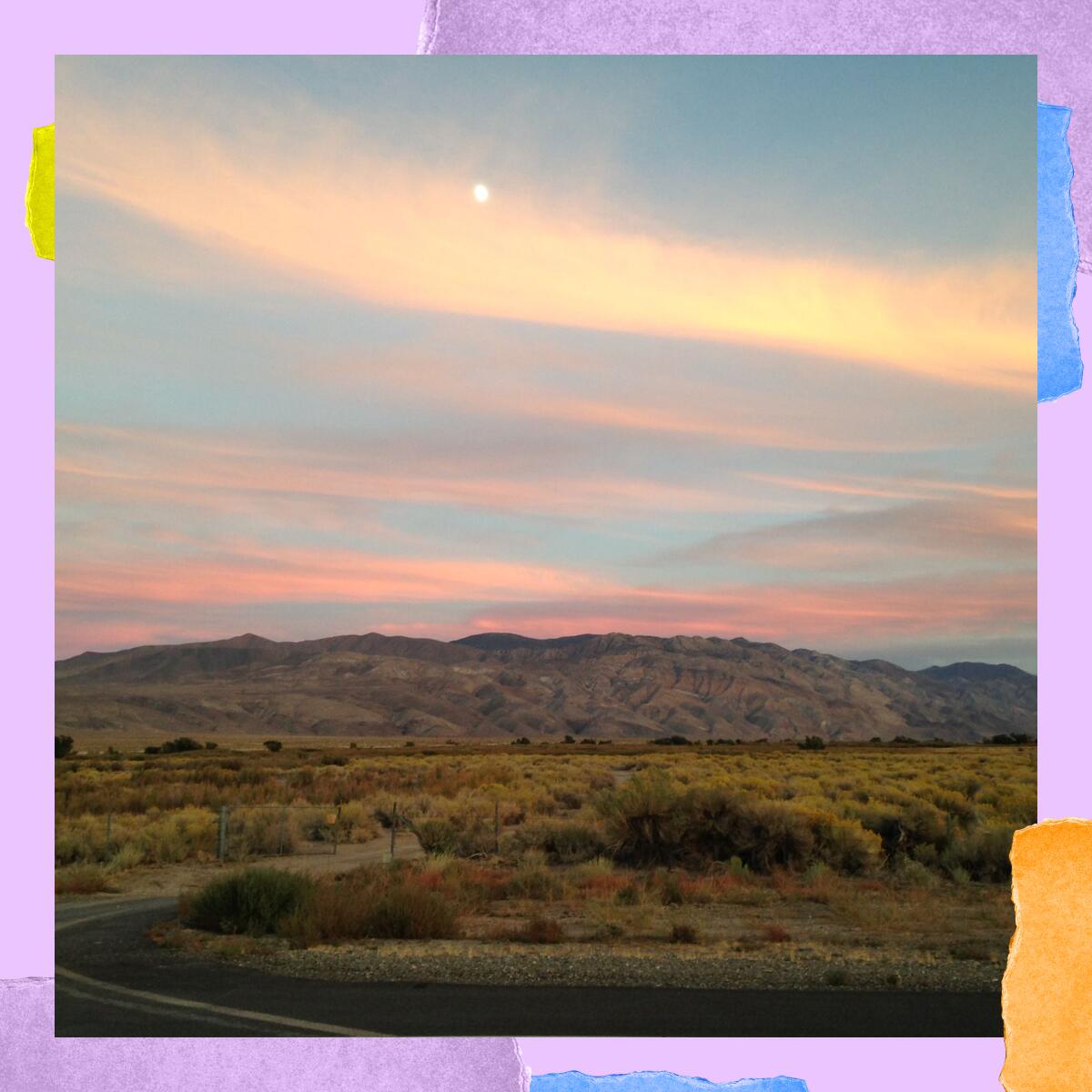
In L.A., that refreshing post-rain scent we get in the foothills is mostly thanks to one of our major plant communities: coastal sage scrub. Plants like California sagebrush and sages like black, white and hummingbird fill the air with that unforgettable fragrance. In the higher, drier elevations, a close cousin of this community is sagebrush steppe — you see it in the Owens Valley and throughout large swaths of the American West. It’s the largest terrestrial biome in the United States, but a new report by a multiagency group finds we’re losing 1.3 million acres of this landscape every year. This winter, the group will release a set of recommendations to help preserve and hopefully expand what remains.
Cool stuff
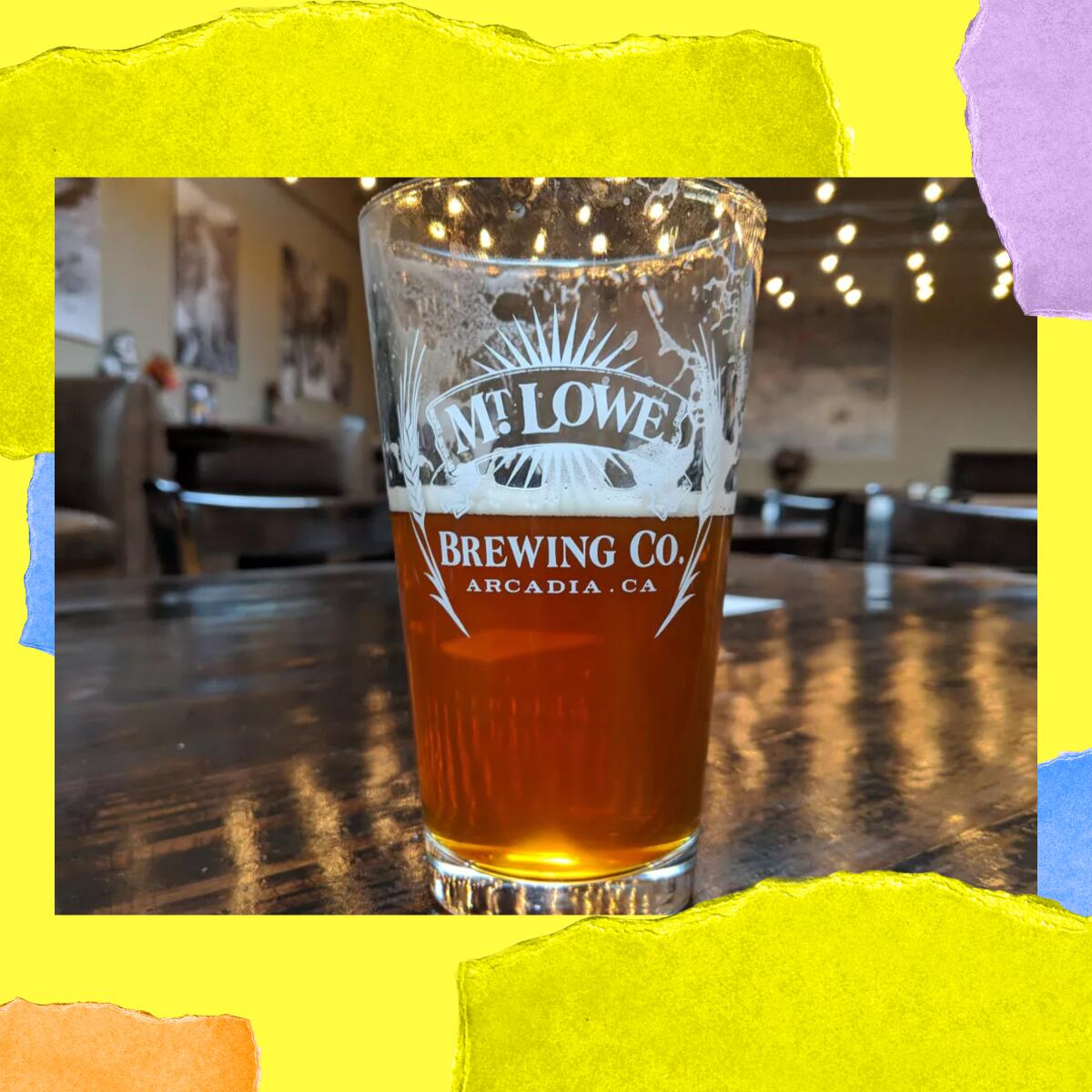
The hike to Mt. Lowe above Altadena is a true Southern California classic. Now you can combine a terrific hike with some delicious brews and scary movies from the Mt. Lowe Brewing Co. in Arcadia. The brewery is hosting free outdoor screenings every Friday in October, with “The Mummy” this Friday and “Halloween” on Oct. 28. Movies start at 7:30 p.m. Here’s hoping it’s chilly enough for a fleece and a pint of their “Thaddeus” milk stout.
Wild thing
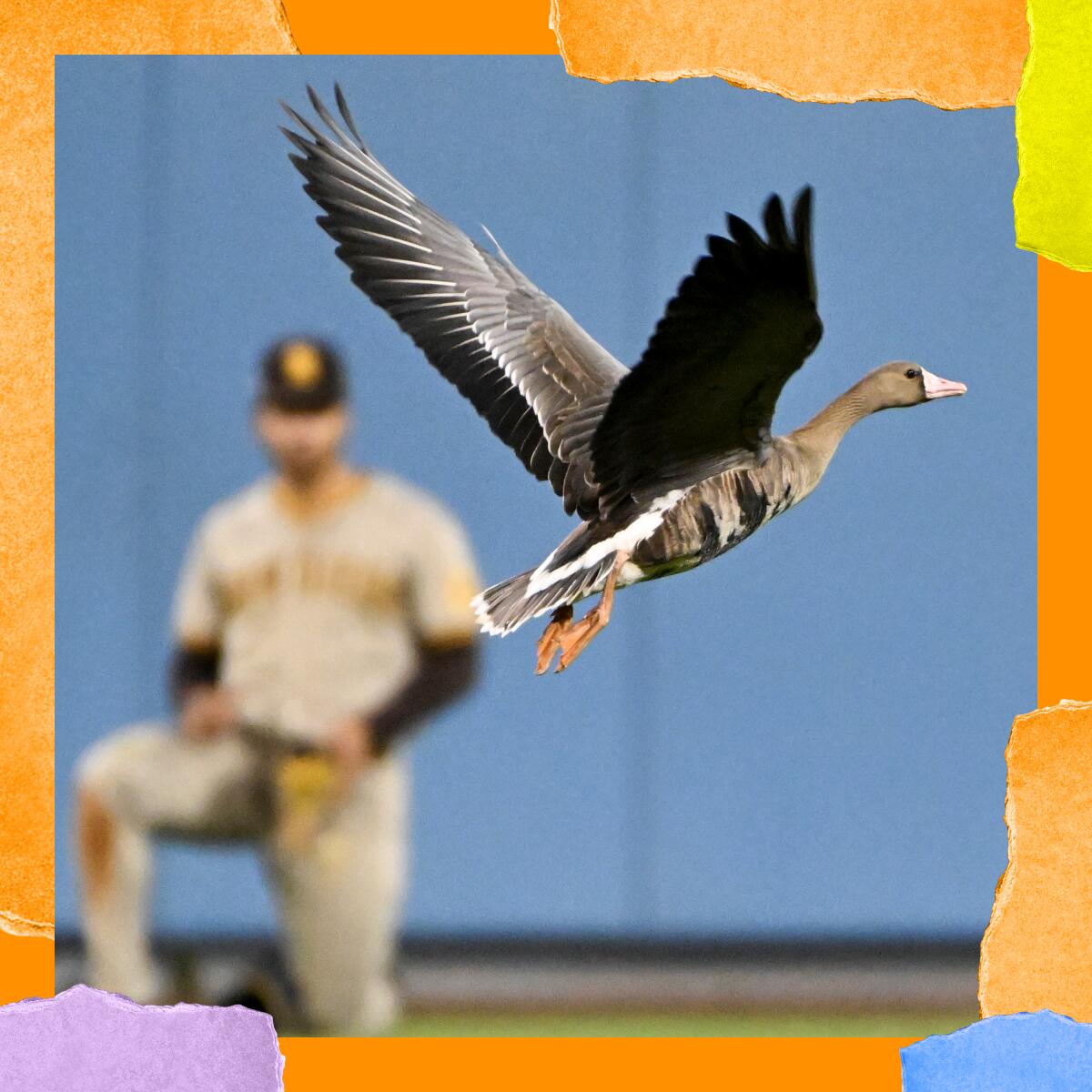
We’re all familiar with Dodger Dogs, but last week we all met the Dodger Goose. In the eighth inning of Game 2 of the National League Division Series between the Dodgers and the Padres, a greater white-fronted goose took up residence in right field. Once camera crews put the goose on the stadium big screen, it quickly became the center of attention. The goose was in the process of migrating from Alaska and got distracted by the bright lights of Dodger Stadium — a common problem with urban light pollution that can cause the death of millions of migratory birds every year. (Eleven states and dozens of cities have adopted “Lights Out” programs for this very reason.) Stadium crews safely removed the goose and released it back into the wild. We don’t have updates on the bird’s well-being, but experts who watched the event from home are optimistic about the bird’s chances of making it to its destination. Unfortunately, that optimism didn’t catch on with the Dodgers, who lost the series 3 to 1.
Five questions with ...
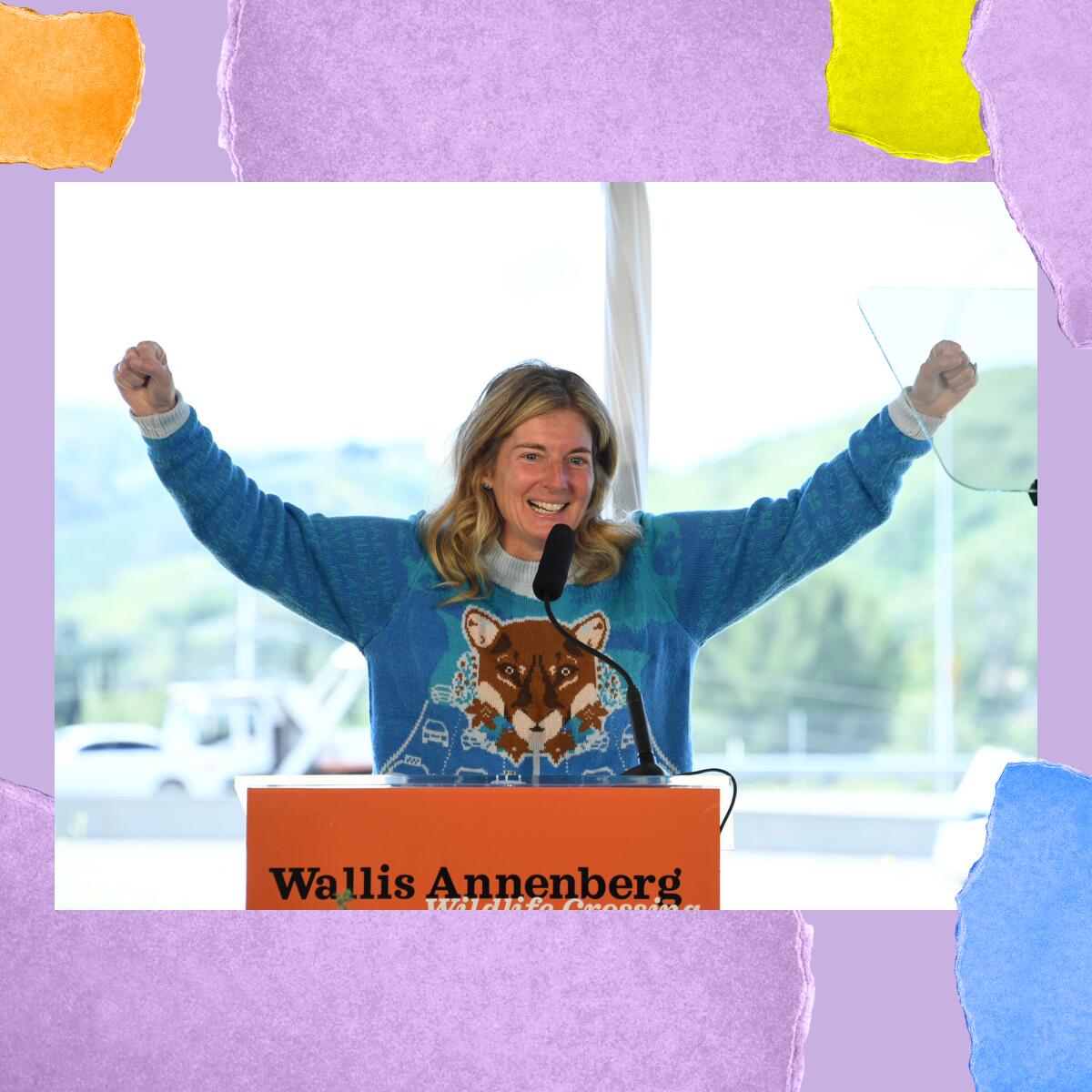
Beth Pratt, California regional executive director for the National Wildlife Federation, leader of the #SaveLACougars campaign and P-22’s BFF
What does being in nature mean for you?
It means being alive. Being present. Saying hello to my backyard squirrel every morning. Celebrating when I see a baby fence lizard scurry across the sidewalk. Being a good roommate to my indoor spiders. When I was younger, I used to think nature was something you had to journey to. But we are in nature all the time. As my inspiring friend Rue Mapp, the founder of Outdoor Afro, says, “Nature never closes.”
What’s a place that inspires you and why?
Above tree line in Yosemite National Park, where I can touch the sky and frolic with pikas and alpine butterflies, is definitely my happy place. But Los Angeles also inspires me greatly in terms of this wondrous mashup of urban and wild. I love that P-22, a mountain lion, an animal that is a holdover from the last ice age, lives under one of the defining symbols of our age, the Hollywood sign. The rest of the country thinks all of us in L.A. are crazy making mountain lions folk heroes and waving to coyotes like neighbors as they pass us on a sidewalk. I think it’s the most hopeful thing I have ever seen for the future of wildlife! Bravo, L.A.!
If you could change one thing about the way people think of nature, what would it be?
What I love is Los Angeles is at the forefront of challenging all these old rules of what is natural. Nature is everywhere. We are a part of nature, and this separating ourselves and the wild world needs to stop if either people or wildlife are going to have a future.
Although most of my 30-year environmental career has been spent in places like Yosemite and Yellowstone, and with grizzly bears and wolves, one of the most profound nature experiences for me was watching thousands of Vaux’s swifts gather in their evening dance from the sixth floor of a parking garage in downtown Los Angeles with [principal] Brad Rumble’s students from Leo Politi Elementary. I loved jumping up and down and cheering those birds on with the kids.
I have also come to consider the experience of nature as a fundamental human right, and that is what we work toward — affirming and empowering local connections to nature. I will never forget at the first P-22 Day when second-grade students read letters to P-22 onstage, and one little boy said, “I am sorry you are lonely, sad and scared, P-22, I have been there before.” He came from a school in one of the most park-poor areas of Los Angeles, and this was during a time when the threat of deportations was high, and he faced challenges I could never dream of in my privileged childhood — like the risk of coming home and finding his parents had been taken. He and all kids and adults have a right to the psychological safety and joy that nature brings, and we need to start recognizing that means connecting people to nature at home, not some distant place.
What’s your personal can’t-live-without item when you’re outside?
My lucky bandanna that I have had since 1994 when I first hiked the John Muir Trail.
What’s your No. 1 tip for people who want to strengthen their relationship with nature?
Place equal value on the charismatic microfauna as the big animals — the creatures in your neighborhood are just as fascinating as anything you will see in a Yellowstone or Yosemite. Butterflies, for example — you can get lost in how friggin’ amazing those critters are! How many other creatures do you know that small that can fly thousands of miles? Or did you know that the caterpillar basically digests itself in order to become a butterfly? Gross but cool.
P.S.
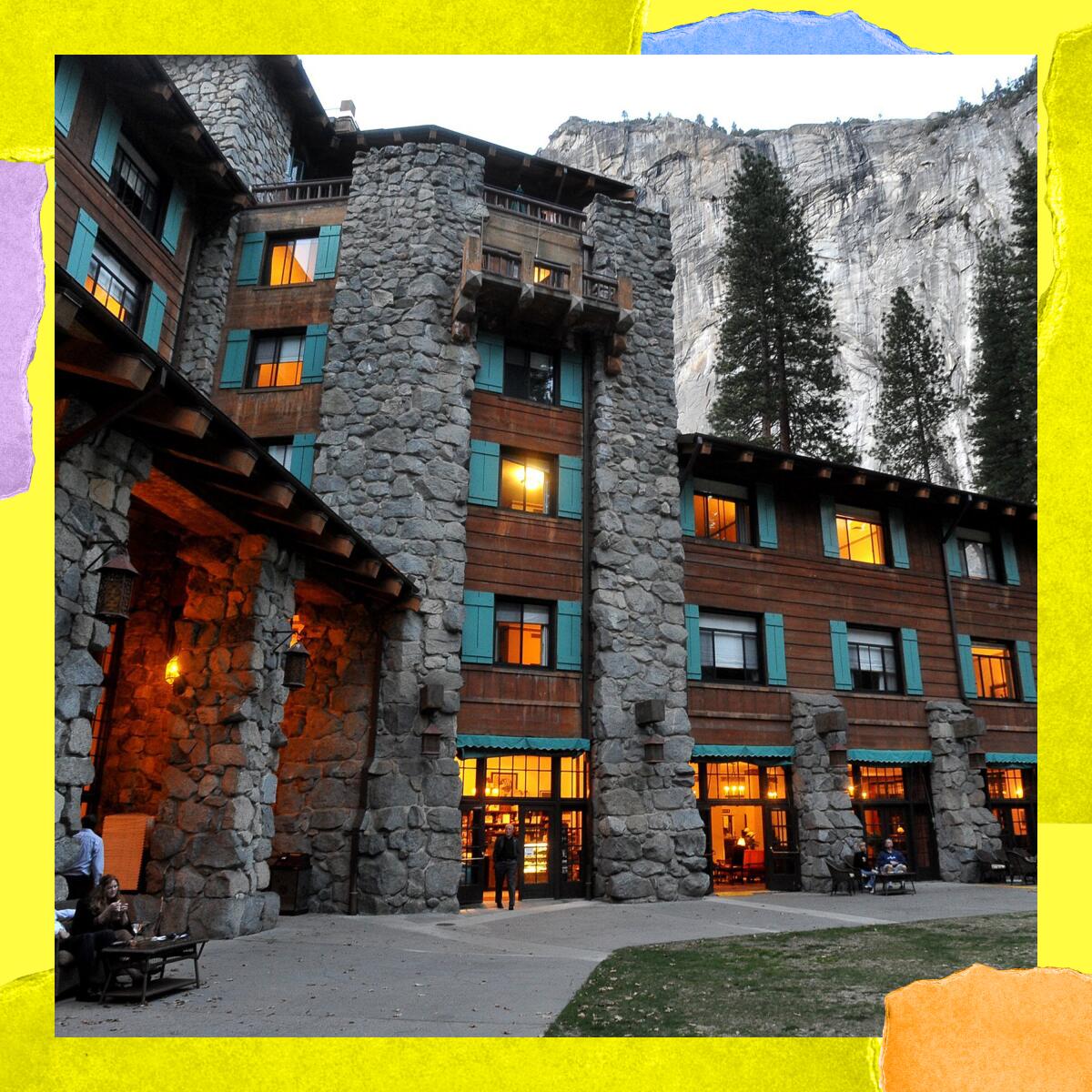
Thinking of spending a night or two in Yosemite’s stunning Ahwahnee Hotel? If you’re planning on doing some winter snowshoeing, you may want to get in sooner rather than later. The hotel is set to close for two months at the beginning of 2023 for a $31.6-million renovation for seismic retrofitting and earthquake safety. These renovations are funded by the Great American Outdoors Act, and the hotel is expected to be closed from Jan. 2 through March 2, 2023.
Hey, do you know someone doing cool stuff in the outdoor world? Do you have an event coming up soon you’d like more people to know about? Let us know!
For more insider tips on Southern California’s beaches, trails and parks, check out past editions of The Wild. And to view this newsletter in your browser, click here.
Sign up for The Wild
We’ll help you find the best places to hike, bike and run, as well as the perfect silent spots for meditation and yoga.
You may occasionally receive promotional content from the Los Angeles Times.




